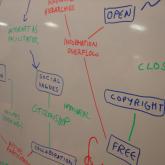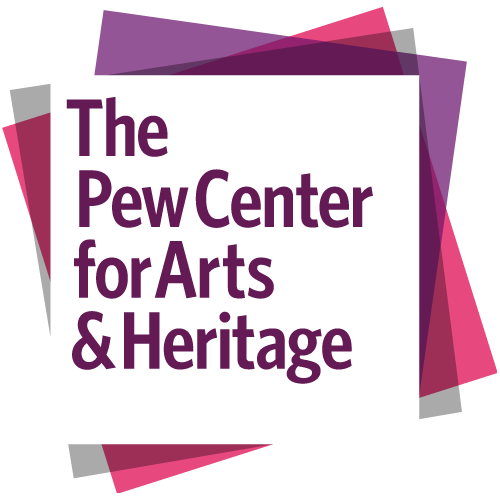Week 36: Post autonomy
Hi Everyone,
This Tuesday is another event in a year-long series of weekly conversations and exhibits in 2010 shedding light on examples of Plausible Artworlds.
This week we’ll be talking with London-based artist David Goldenberg, who several years ago launched a website called “Post Autonomy”, which functions as a research platform into the concept and loose-knit movement of “postautonomous” art.
http://www.postautonomy.co.uk/
Goldenberg attributes the term “Post Autonomy” to German Conceptualist Michael Lingner, but has subsequently sought to further develop this idea into a full theoretical concept and working practice. If “autonomy” — whatever that term may be construed to mean — is widely understood as the dominant paradigm of modernist art practice (i.e.- a private or at least individual art practice), unpacking some of the ways and means of whatever goes “beyond autonomy” is indeed a crucial task for any plausible artworld today. Thus Goldenberg’s emphatic stance with respect to “Post Autonomy”, which he sees as a reflection of art’s current condition:
“Post Autonomy reflects the state of contemporary art… It stems from the idea that modern art=autonomy, as research or understanding of autonomy, has reached its limits in comprehending autonomy, in that respect art can be seen to have exited autonomy. What comes after Autonomy in art can be discussed by Post Autonomy. Using a practice-orientated analysis of cultural, social, and political forces the aim is to develop a new mental framework out of which art can be reinvented.”
That’s a feisty claim to be sure — and one which has perhaps been implicit in many Plausible Artworld discussions, looking at the various ways art practices have freed themselves from the autonomy-informed structures of the mainstream. But what does Post Autonomy really mean? Is it chronological (art “after” autonomy) or extensive (art “beyond” autonomy)? Plausible Artworlds has often explored the category of “usership” as integral to practices breaking with a regime of spectatorship, Post Autonomy has advocated the more inclusive (but perhaps less incisive and extensive) concept of “applied participation”, linking Post Autonomy to Systems theory, “where the methodology of a participatory practice replaces the orthodox role of the artist, curator, audience.” Does this methodology of participatory practice really challenge hierarchies, thereby opening spaces for art’s reconstruction within the space of Post Autonomy? Is postautonomy a plausible conceptual underpinning for emerging artworlds?


